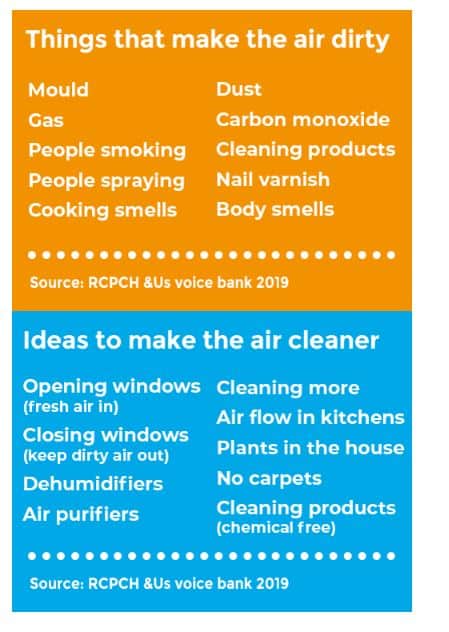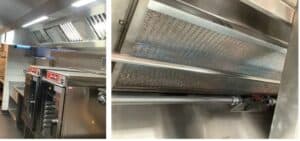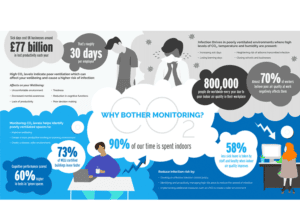According to a major new report from the Royal College of Paediatrics and Child Health (RCPCH) and the Royal College of Physicians: Children in the UK spend most of their time indoors. With just 68 minutes spent outside on an average day. Too many of our buildings are poorly ventilated – this is adversely affecting the health of children.
About the report
In this report, it is stated that air pollution has been linked to serious health conditions. Such as cancer, asthma and cardiovascular diseases. The indoor air, and the pollutants present, are the result of a complex set of factors. The air quality changes from building to building, place to place, over time, and in response to the activities taking place indoors. The main way people are exposed is by inhaling pollutants. However, they can also be ingested or absorbed through the skin.

Here are some of their views
Is there a solution?
Dr David Glover, Technical Director of Plasma Clean, responded to this report. He said: ‘Good air quality is vital for our health and wellbeing. There are ways to remove sources of indoor pollution from buildings, and strategies that can help reduce the effect of unavoidable pollutants.’

In his new White Paper, Dr Glover goes into more detail. He explains, that the most common causes of poor Indoor Air Quality (IAQ) are mainly ventilation systems issues. Including high CO2 levels, inadequate temperature control, humidity, infection and odour, poor air circulation and insufficient fresh air intake.
Indoors you’ll find the same pollutants such as NOx and diesel particulates. Often at higher levels than outdoors. Mixed with VOCs (like dust, carpet fibres, cleaning products or building materials), these create a pretty unhealthy cocktail of contaminants.
HVAC systems (heating, ventilating, and air conditioning) are the lungs of the building. They ensure a consistent supply of fresh air, manage temperature and carbon-dioxide levels. However, they are also the number one cause of microbial contaminants and bad IAQ. This conflict presents a significant challenge.
Heat, moisture and nutrients make heat exchange coils in HVAC systems the perfect breeding ground for micro-organisms. They form biofilms on the heat exchange coil surface. This reduces heat exchange efficiency, and microbes are released into the building envelope which is detrimental to human health. It is the basis of ‘Sick Building Syndrome’.
What can you do?
So, we always advocate proper maintenance of HVAC systems to avoid dust and microbe build-up and ensure optimal energy efficiency. Careful selection of components and a planned service regime are key. Manual cleaning, up to four times per year, is a help. However, this can lead to damage of the delicate fins of the coils. Furthermore, between cleans, the microbes build up and can cause odour.
We recommend constant treatment with low level UV-C irradiation. This stops biofilms forming in the first place, and does not damage the coils.
About Dr David Glover
Dr David Glover is trusted pioneer of total air quality solutions for all commercial sectors. He brings a unique mix of experience and academic rigour to problem-solving and provides expertise to designers, building services engineers, facilities managers across the UK and beyond.
In November last year he published a White Paper – How Indoor Air Quality can contribute to a Happy and More Productive Workforce – which is FREE to download at https://plasma-clean.com/products/indoor-air-quality/.
For more information please get in touch with Plasma Clean on 0161 870 2325 or email [email protected].








